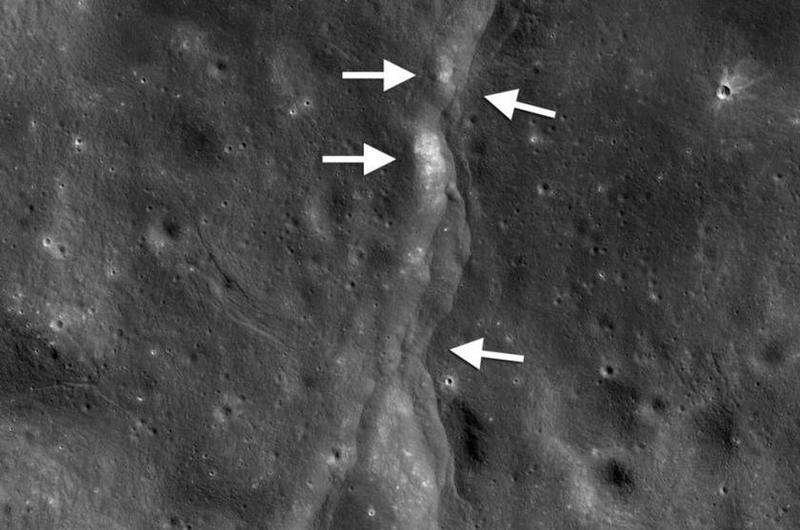Despite the fact that humans have traveled into space, visited other planets with drone rovers, and even walked on the moon, anything outside of our planet is still a big mystery. There are parts of our own planet that we're still trying to comprehend, let alone somewhere we've only visited several times.
When thinking about other planets or moons, it's hard to imagine that they are anything like our planet. That is to say, have you ever thought about what an earthquake is like on the moon? It's not something that gets talked about a lot because we'd never feel it, or even be aware one occurred.
A new study delves into some very odd news about the Moon, including the fact that the moon seems to be shrinking. The study also found that the moon suffers from moonquakes much in the same way that our planet suffers from them as well. Read on to learn more about this new study.

We know that planets and moons can undergo major changes due to asteroids or meteorites hitting the surface, causing huge craters and rifts, but have you ever heard of something as big as the moon shrinking? Recent photos taken by NASA's Lunar Reconnaissance Orbiter shows that the moon is in fact shrinking. The shrinking is causing moonquakes as well as wrinkles on the moon's crust.

The Earth has what are called tectonic plates that cause movement along the crust as well as earthquakes. The moonquakes are due to the interior temperature of the moon cooling down over hundreds of millions of years. This causes shrinkage which is the reason for the wrinkles and moonquakes. Since the surface of the moon is so dry, cracks are made from the shrinkage instead of it simply flexing with the movement.
These cracks may look small from a long-distance camera, however, they can be tens of yards tall, and miles long, creating a stair-like pattern. Since 2009, 3,500 photos have been taken of these landforms. In fact, back in 1972 the astronauts of the Apollo 17 mission drove their land rover on these types of cliffs by zig-zagging along the stair-like features.

Several Apollo missions including 11, 12, 4, 15, 16 set seismometers to track the moonquakes. 28 of them were recorded between 1969 and 1977. All of this data leads researchers to believe that the moon is now 50 meters skinnier than before. John Keller, the study's author, said, "It's really remarkable to see how data from nearly 50 years ago and from the [orbiter] mission has been combined to advance our understanding of the Moon while suggesting where future missions intent on studying the Moon's interior processes should go."
Scientists believe that the moon will continue to change because the seismic activity is still going on. Thomas Watters, the senior scientist at the Smithsonian's National Air and Space Museum in Washington said, "Our analysis gives the first evidence that these faults are still active and likely producing moonquakes today as the Moon continues to gradually cool and shrink. Some of these quakes can be fairly strong, around five on the Richter scale."

None of this data would be possible without the work of the original astronauts. Scientists take it as a sign that they need to go back to the moon to learn more. Renee Weber, the co-author of the study said, "Establishing a new network of seismometers on the lunar surface should be a priority for human exploration of the Moon, both to learn more about the Moon's interior and to determine how much of a hazard moonquakes present."